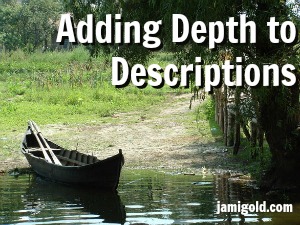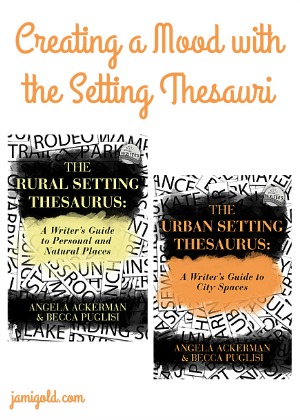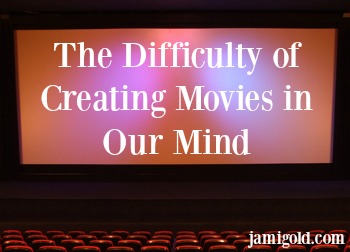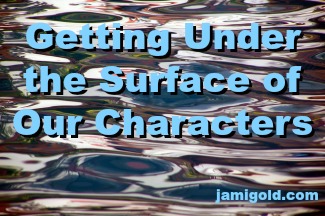Many people have tried to identify what goes into creating our voice, but it’s a hard thing to define. We often just know it when we see it. Voice is personal—not just for writers, but also for readers. Yet we can identify—and strengthen—the 5 elements that go into our voice.
Pin It
Read More
Story description has a bad reputation for being “skippable,” but a story without description happens in a vacuum. Today, Janice Hardy is here to share advice and examples on how to make our descriptions less flat, less “told,” and therefore, less skippable.
Pin It
Read More
Today, Janice Hardy shares her revision advice on how to include the right amount of backstory. Too much slows the pace, and too little can leave readers confused. Her tips help us avoid the issue of slow pacing, learn how to hide backstory, and identify when we need more.
Pin It
Read More
Story beginnings are difficult to get right. We have to introduce the characters, the story, the setting, the protagonist’s longing, and show an immediate obstacle that creates a near-term goal. At the same time, we have to avoid confusing readers, and for that, we need context.
Pin It
Read More
As authors, we need to be careful when dealing with shocking, horrifying, or potentially problematic story elements. Let’s explore the steps we can go through to figure out the right approach for our genre, story, and characters.
Pin It
Read More
We’ve probably all heard (or thought!) that description is boring or the part readers skip. Yet our stories need description or else be confusing. Marcy Kennedy joins us today to share 5 tips to empower and add interest to our description by using contrast.
Pin It
Read More
The Thesaurus books by Angela Ackerman and Becca Puglisi are a must-have for every fiction author, and they now have two new Thesauri books: Urban Setting and Rural Setting. Becca’s here today to talk about how setting is important for more than just describing the time and place of our scene.
Pin It
Read More
Sometimes as authors, we struggle to create a well-rounded world or characters that feel so real to readers that they experience a movie in their mind. Stories that feel like we can crawl in and inhabit them are often lauded as special, but why is it so hard to succeed in that goal?
Pin It
Read More
Aphantasia is the term for when someone can’t imagine something in their mind–“mind blindness” or not having a “mind’s eye.” As writers, this perspective not only gives us all sorts of story and character ideas, but it can also raise many questions about the concept of imagination itself.
Pin It
Read More
I’ve written many times about how much I love subtext, the stuff that happens between the lines. Subtext lurks in many aspects of our stories and helps immerse readers and add realism and tension. In addition, subtext can help us build layered characters.
Pin It
Read More










